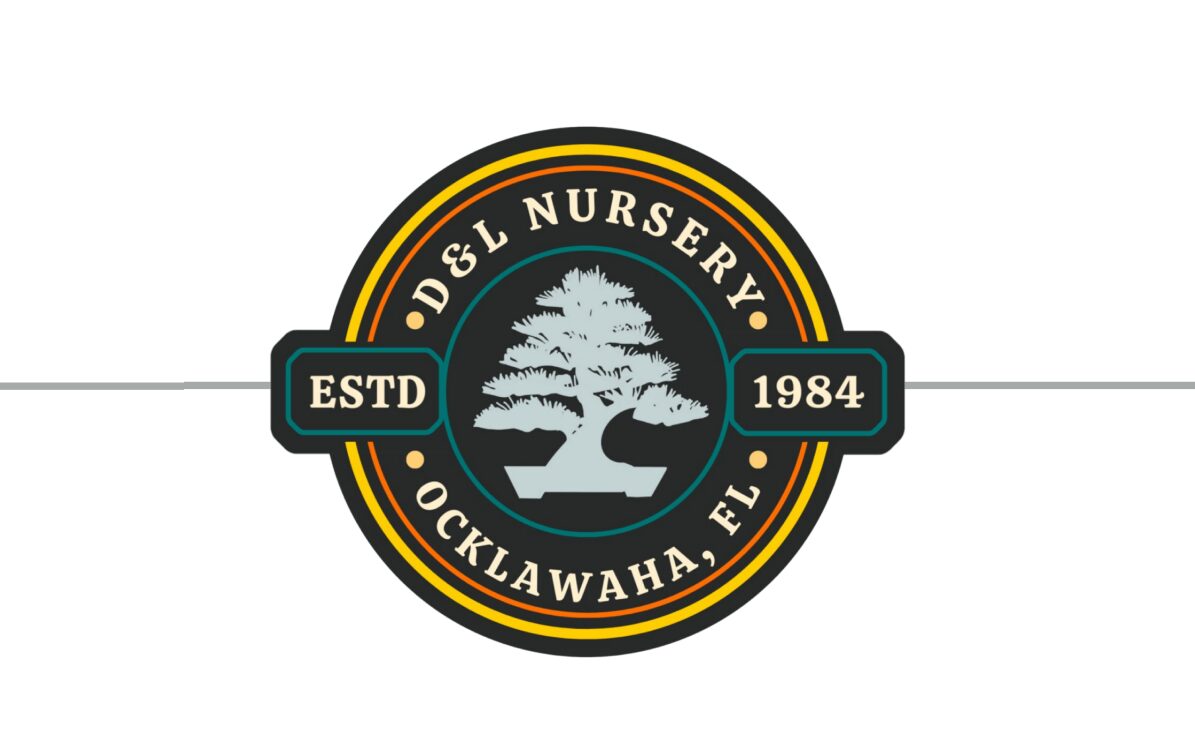
A certain lady, who shall remain anonymous to protect the innocent, called the other day to ask about doing a Bottlebrush as a bonsai, I told her of an article in the October 2001 issue of Bonsai Magazine by Chih-Hao Hsu from Tawain on his experience with a Bottlebrush that may help her, if you have it go read it again. It made me go check on a few I pruned back last year. What about a Bottlebrush for a bonsai? Their bark has great character with deep grooves running vertically on the trunk and they flower. I think we should start a new trend and give them a try. They can be a little tricky to collect though, success rates are low, so be careful when digging up your neighbor’s tree, best done at night.
There are three species most suitable for bonsai:
Callistemon citrinus Lemon Bottle-Brush This species has many cultivars of varying colors and sizes. When you crinkle the leaves, it smells like citrus. Has smaller leaves and flowers than the others and its bark has the deepest grooves.
Callistemon viminalis Weeping Bottle-Brush With its horizontal branching and weeping habit makes styling it a little easier. Its leaves and flowers are larger that the citrinus. The trunk is much smoother than the citrinus and slower to develop than the rigidus.
Callistemon rigidus The largest with stiff leaves and larger flowers. Being the largest makes it easier to find large specimens.
PRUNING… Can be severely top pruned, leave some growth on each branch. Wait until new growth starts for any root pruning. With its deep grooves on the trunk it is sometimes better to break the branch away from the trunk instead of cutting it off. Be careful not to allow it to tear too far down the trunk, a small cut, close to where you want it to end may help.
TRAINING… The citrinus and rigidus have strong upright growth. Older branches that have become woody are very hard to bend. They are quick growers so younger branches should be wired loosely, allowing wire to stay until branch becomes woody. Keep terminal buds cut back to increase ramification, then allow to grow some for flowers. The vimanilis with it’s weeping habit is best suited for the weeping style. Can be wired with one piece of wire wrapped around entire tree to enhance the first major bends in the main branches, then clip and grow for ramification.
WATERING… Keep moderately wet, does not like wet feet. Kept too moist it can develop a root fungus and/or chlorisis. Use a well draining soil.
LIGHT… Full sun for more flowers.
FLOWERS… The vimanilis and rigidus bloom mostly in spring with the citrinus blooming in spring and periodically through summer. Blooms on new growth.
INSECT/DISEASE… Mites can be a problem and aphids with the new flush of spring growth. Root rot if kept too moist.
REPOT… Spring is best, can be done through the summer. Roots can be severely cut back as long as the main root ball is not disturbed. Carefully comb out roots and remove only the largest, larger trees may best be root pruned over two seasons. Once potted they do not like to be root bound and will respond quickly to root pruning with a flush of new growth.
FERTILIZE… Use a well-balanced fertilizer throughout growing season with a little extra phosphorus in early spring for flowers.
SEASONAL… Mainly cold hardy, protect from any sustained freeze and/or heavy frost, especially the citrinus.


